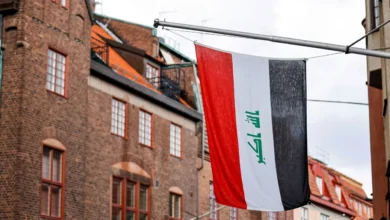The Petroleum Ministry is currently studying ways of importing natural gas from Iraq, both in order to meet local demand and to make use of Egypt’s recently-built gas liquefaction facilities.
A source within the ruling National Democratic Party’s influential policies secretariat–speaking on condition of anonymity–said that Petroleum Minister Sameh Fahmy had told the party’s energy committee last week that Egypt boasted the world’s biggest gas liquefaction facility, located in the coastal city of Damietta, which can be used for re-exporting Iraqi gas. The facility, which cost a total of US$1.3 billion, can convert 7.5 billion cubic meters of natural gas into 4.8 million tons of liquid gas every year.
Iraqi Petroleum Minister Hussein el-Shahrastani recently announced that the European Union was also interested in importing natural gas from Iraq via a pipeline extending through Syria and Jordan into Egypt, where gas can be liquefied before being re-exported to European markets.
The source at the policies secretariat pointed out that Egypt’s industrial growth rate currently stands at 8 percent per annum, whereas that of locally produced natural gas stands at an annual 6 percent–suggesting that locally produced gas cannot meet domestic demand. This prompted the ministry to consider the import of Iraqi gas, especially now that global gas prices are lower than usual.
Egypt’s natural gas consumption in the 2005/2006 fiscal year reached slightly more than 2 billion cubic feet per day compared to almost 1.4 billion cubic feet per day in 2000/2001, representing an almost 50-percent increase over a five-year period.
The ruling party’s energy committee has reportedly given the green light for the import of Iraqi natural gas, considering the move a step towards promoting Egypt’s role in the industry so as to better compete with Turkey, the region’s largest trader of gas.
Translated from the Arabic Edition.




